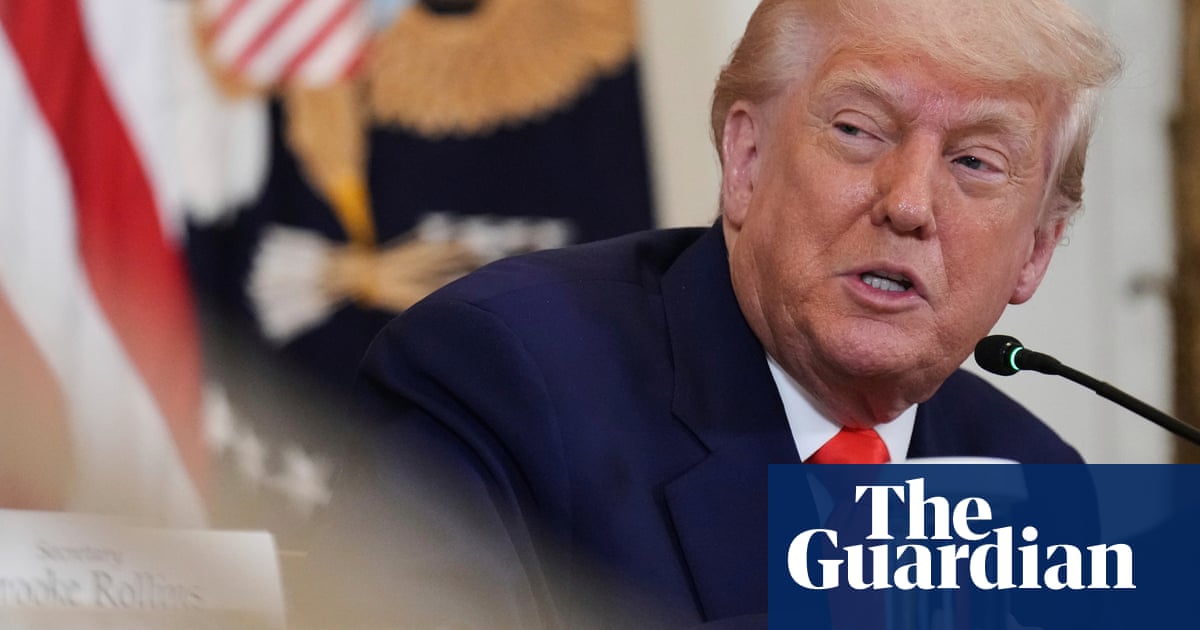Donald Trump has said he will impose a 50% tariff on all EU imports to the US from 1 June after saying trade talks between the two trading blocs were “going nowhere”.
In a surprise announcement, the US president posted on his Truth Social platform that his long-running battle to secure concessions from the EU had run aground.
He accused the EU of taking advantage of the US on trade, saying: “Our discussions with them are going nowhere! Therefore I am recommending a straight 50% Tariff on theEuropean Union, starting on 1 June 2025.”
Stock markets slumped in response to the post, with S&P 500 futures down by 1.5% before the New York market opening. The STOXXEurope600 index fell by 1.7%.
The US imposed a20% “reciprocal” rate on most EU goods on 2 April, but halved that rate a week later until 8 July to allow time for talks. It has retained 25% import taxes on steel, aluminium and vehicle parts and is threatening similar action on pharmaceuticals, semiconductors and other goods.
“This is a major escalation of trade tensions,” said Holger Schmieding, the chief economist at Berenberg, on Friday. “With Trump you never know but this would be a major escalation. The EU would have to react and it is something that would really hurt the US and European economy.”
EU negotiators have been locked in meetings with White House representatives since Trump’s “liberation day” tariffs were first announced. Dozens of nations have been holding discussions to try to bring down their own levies before the 90-day pause elapses.
The White House has relented on many of its most onerous tariffs, including loweringtotal tariffs on Chinese goods from 145% to 30%after what Trump declared were constructive talks with Beijing, which lowered its retaliatory border taxes from 125% to 10% in response.
A week ago the US president appeared to acknowledge that Washington lacked the ability to negotiate deals with scores of countries at once, saying the US would instead send letters to some trading partners tounilaterally impose new tariff rates.
Perceptions of an easing back on a hardline approach to trade brought a period of calm to stock markets, but Friday’s threat of a 50% levy on EU goods, plus a separate threat made the same day of 25% tariffs on iPhones made abroad, have brought an end to the peace.
Sign up toBusiness Today
Get set for the working day – we'll point you to all the business news and analysis you need every morning
after newsletter promotion
The EU presented a fresh trade proposal to the US on Thursday. The offer included phased tariff cuts on non-sensitive goods, plus cooperation on energy, AI and digital infrastructure. The bloc was readying about $108bn in retaliatory tariffs if talks fail.
To sweeten the deal, EU officials were also willing to extend a 2020 tariff-free arrangement on US lobster imports,according to the Financial Times. But it appears to have proved insufficient to persuade the US president to sign a deal allowing only his 10% universal tariff to apply to the EU, as it does the UK.
